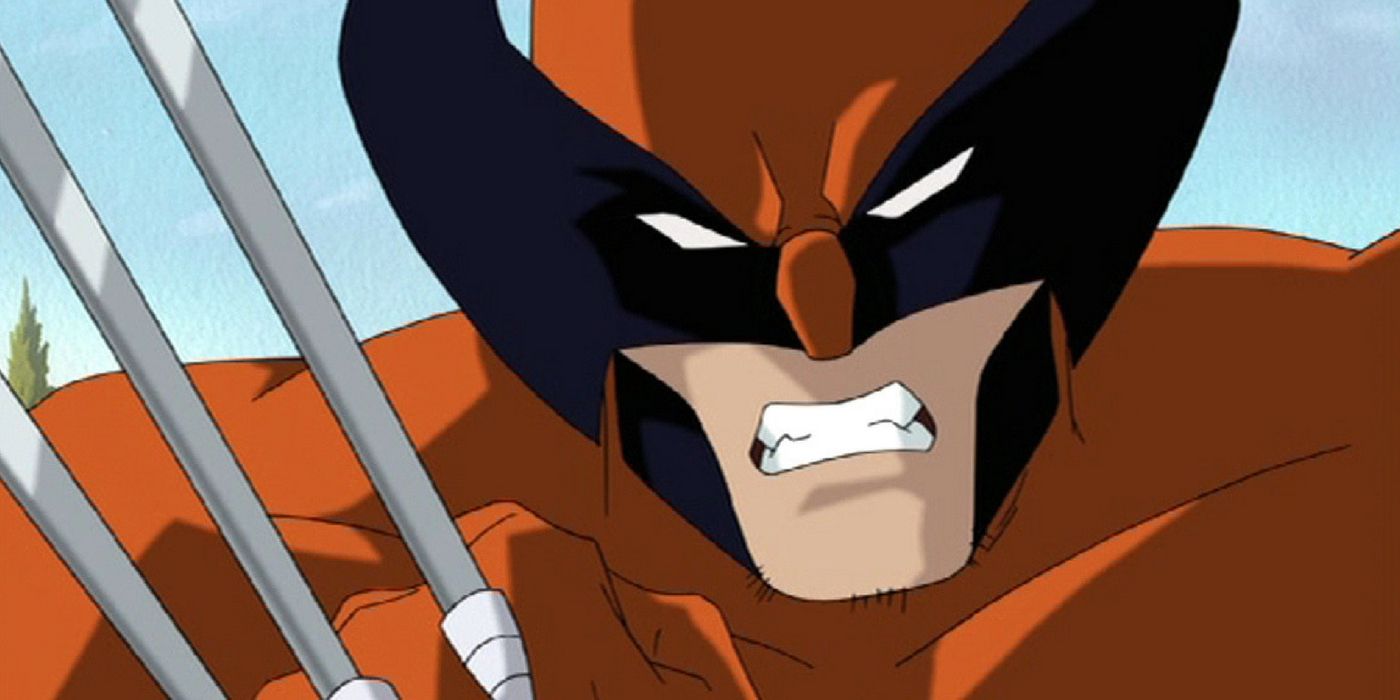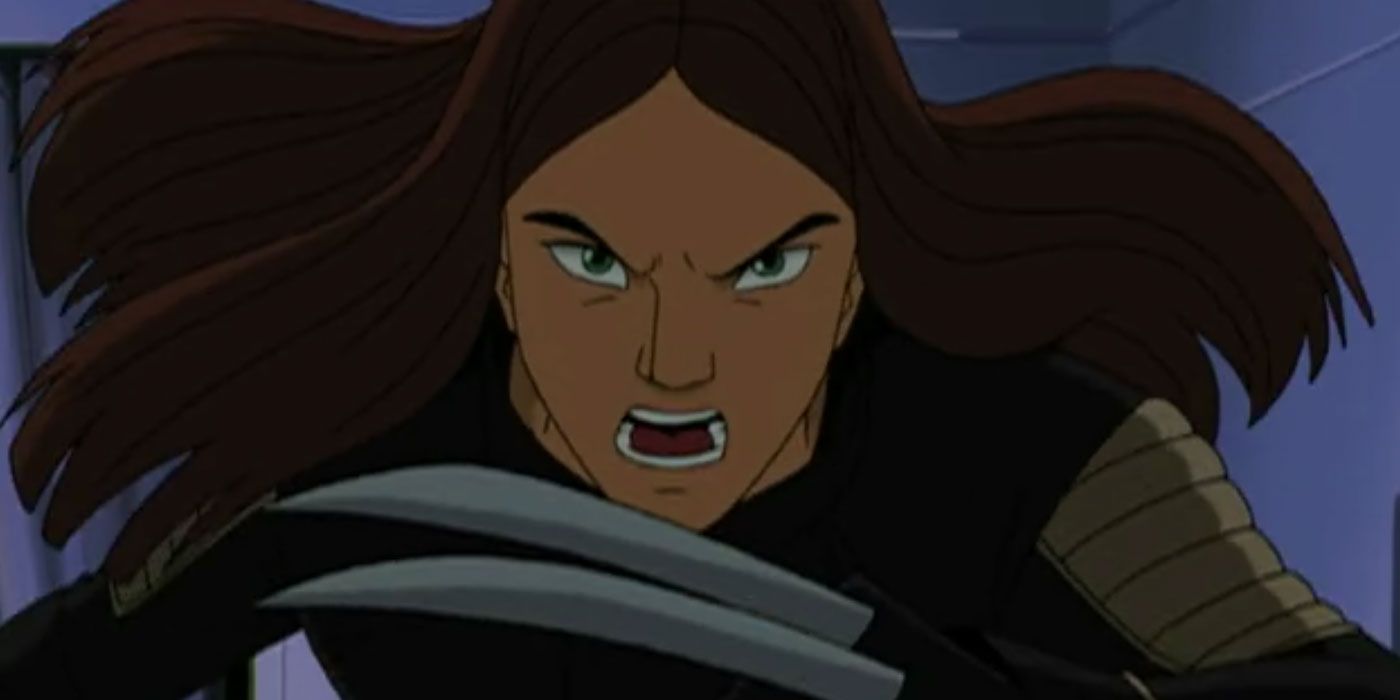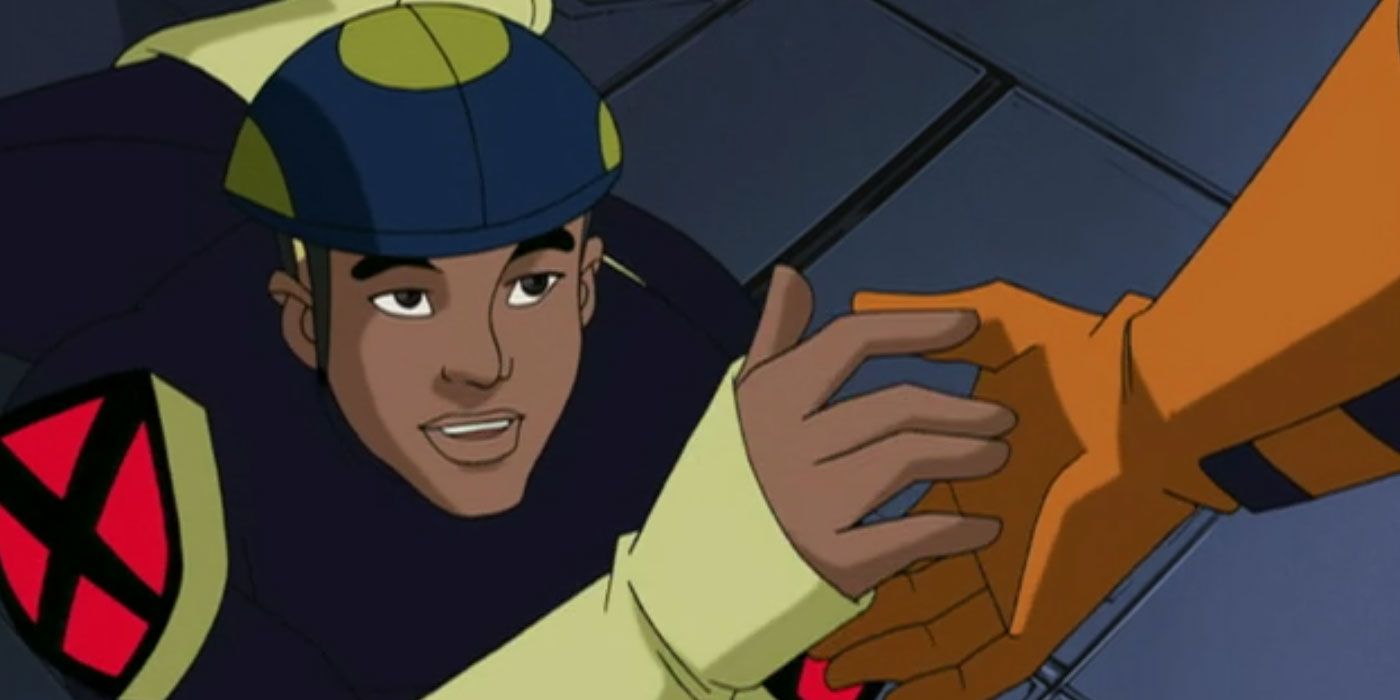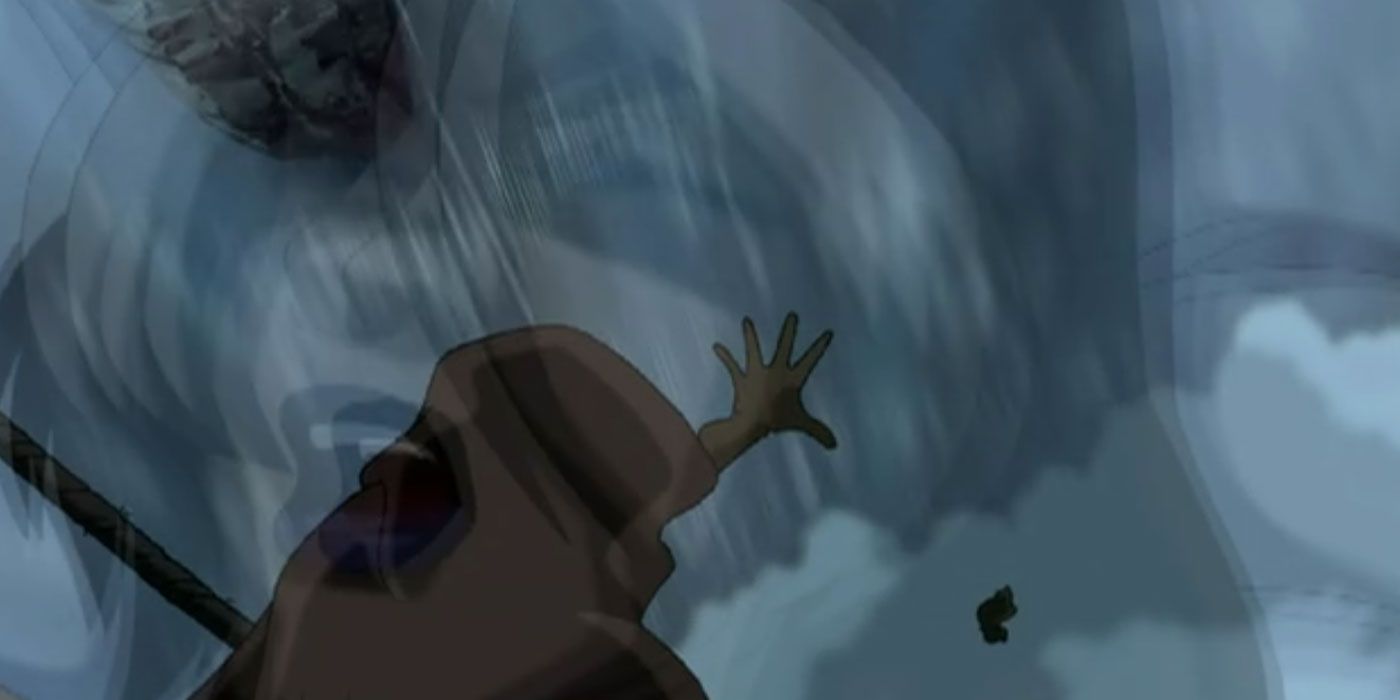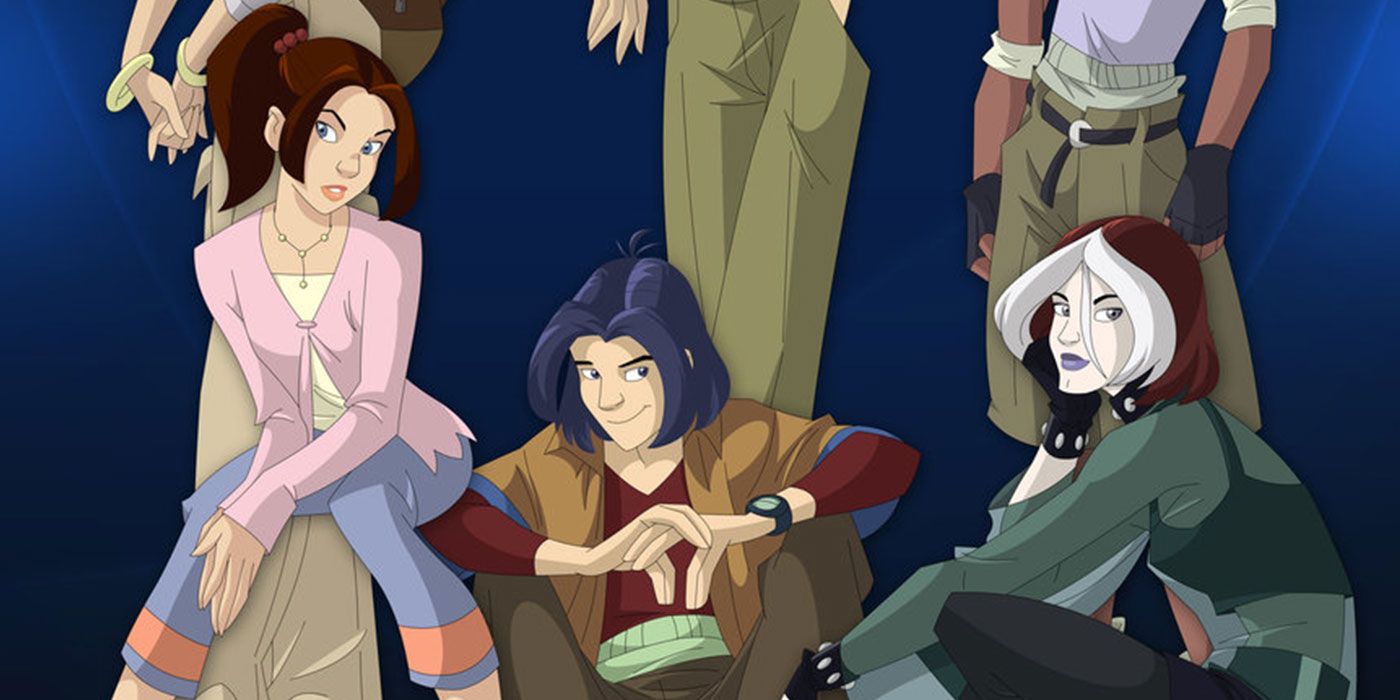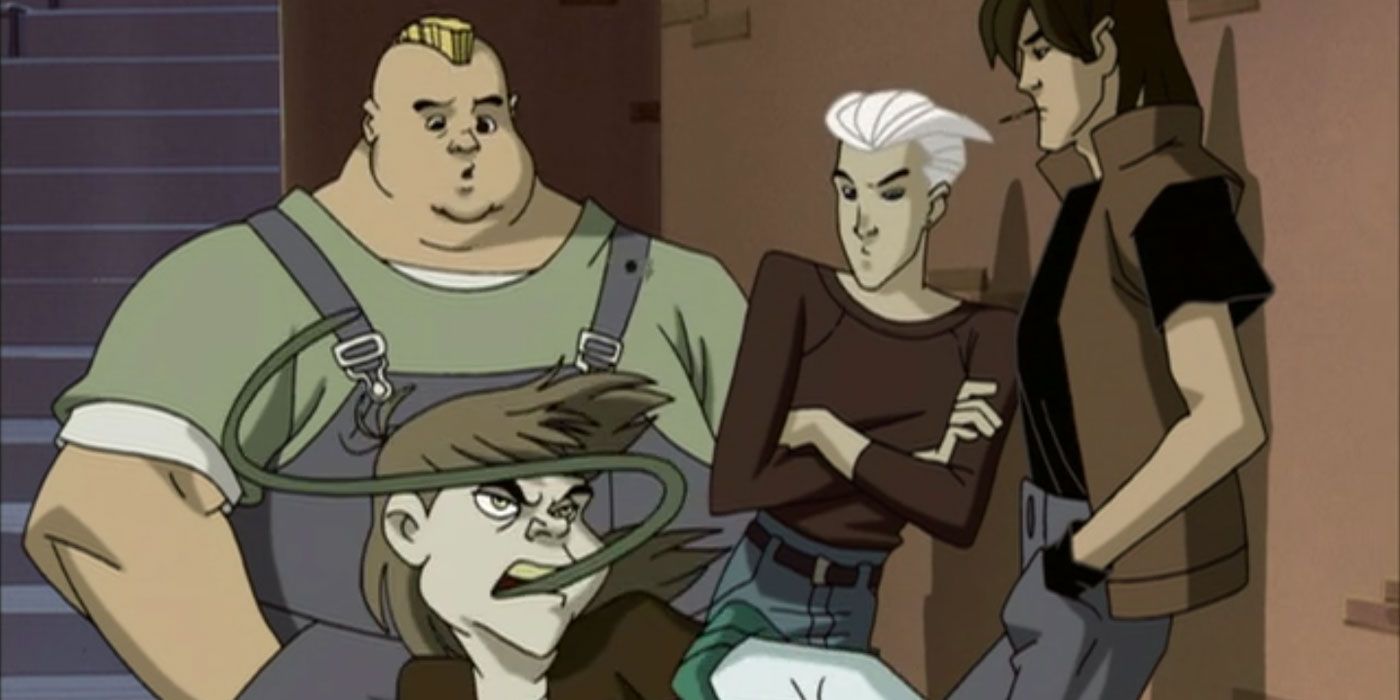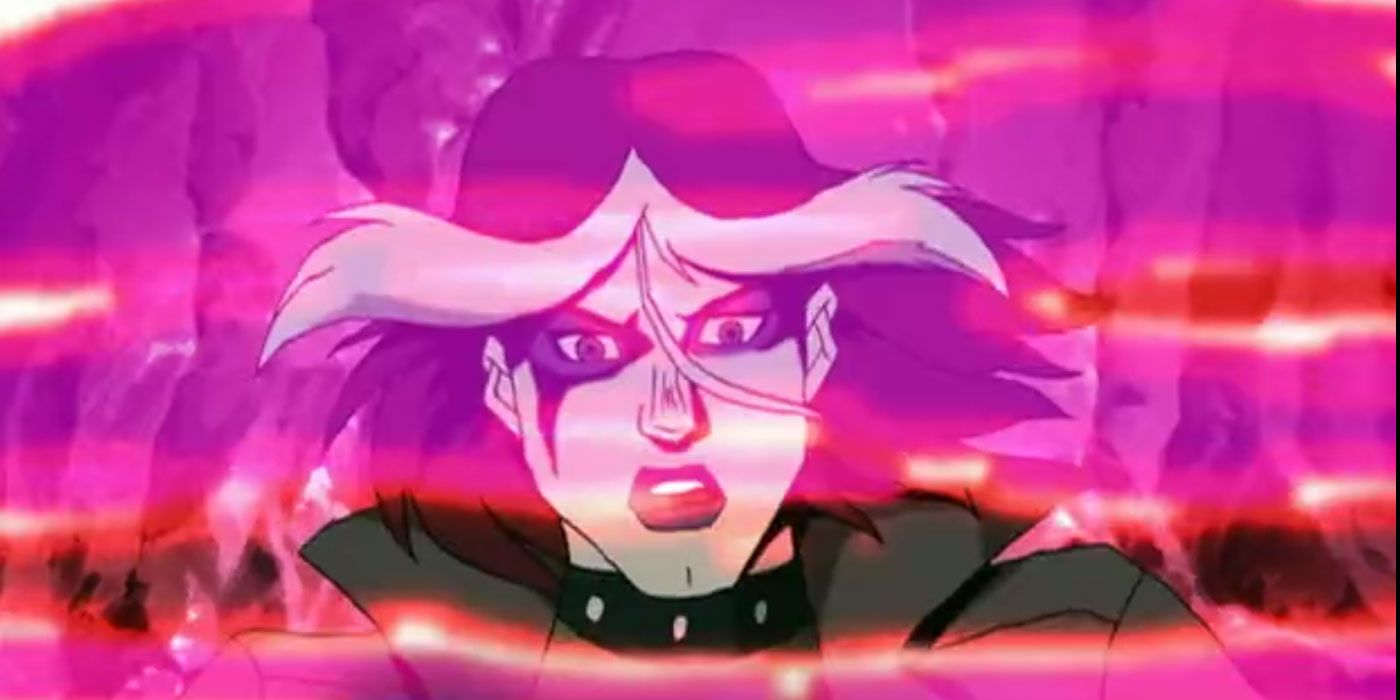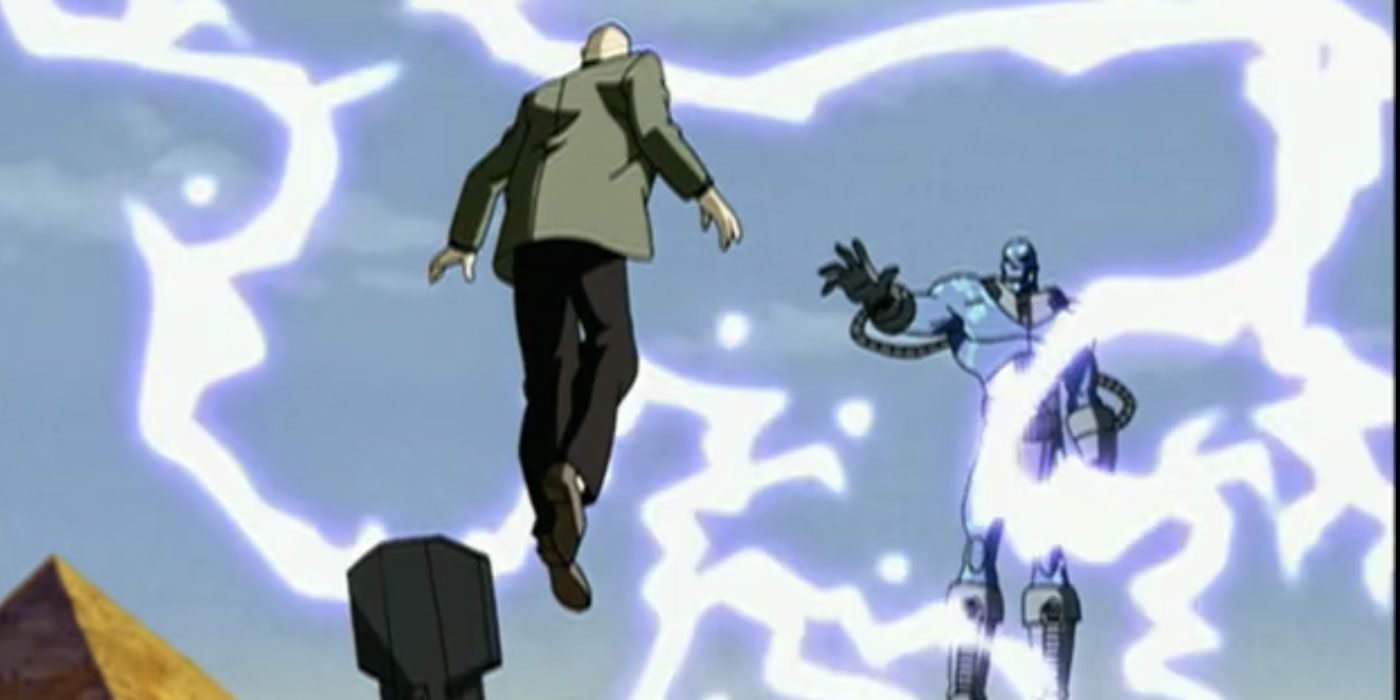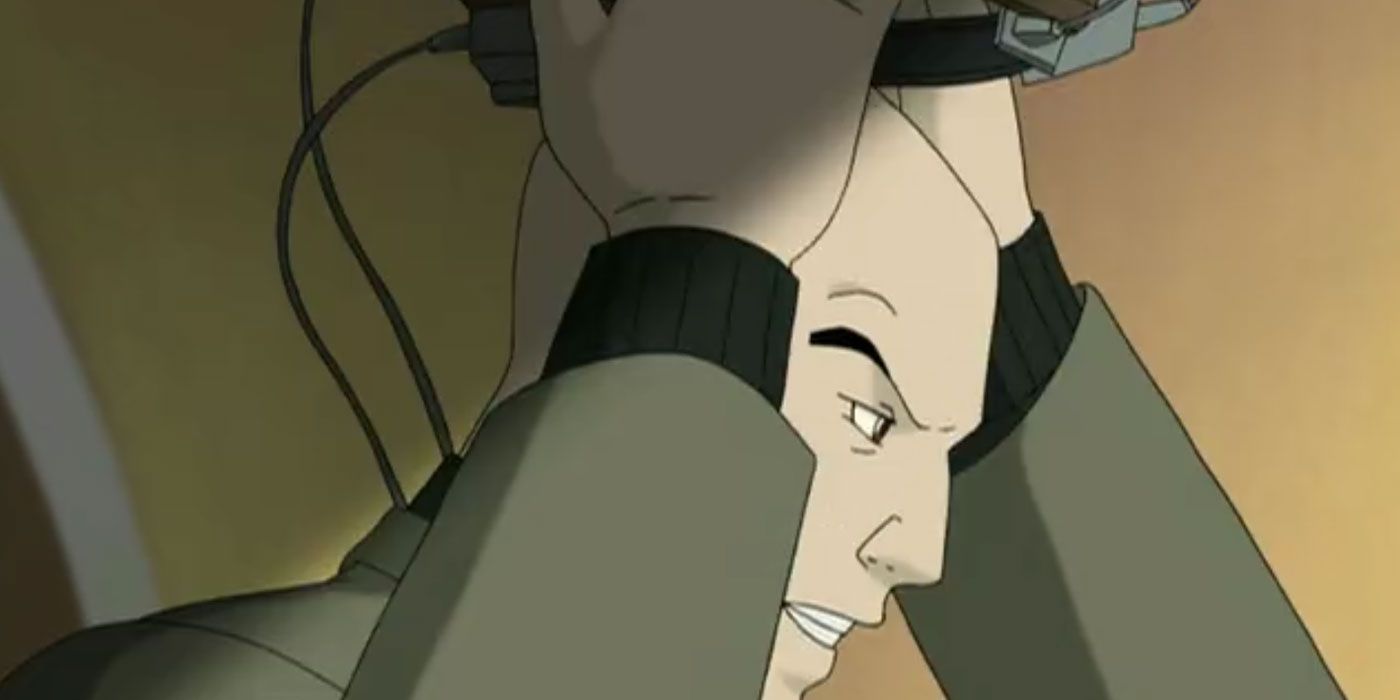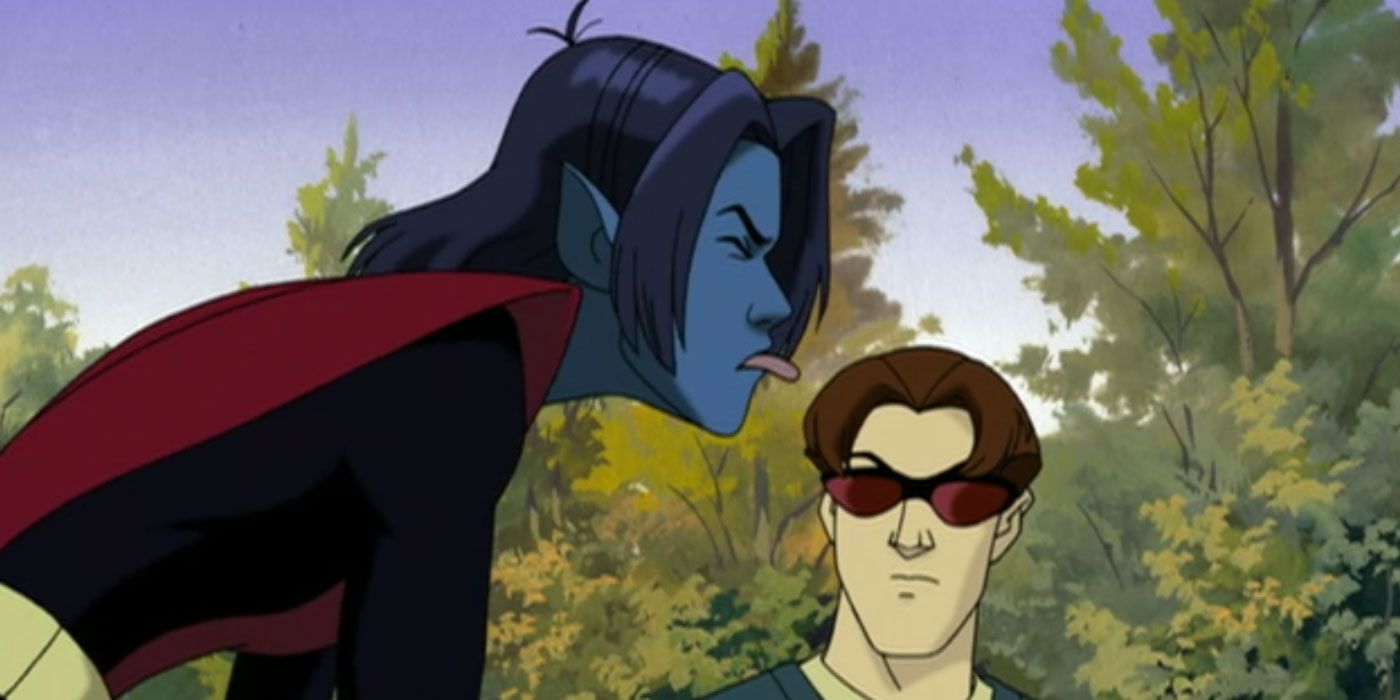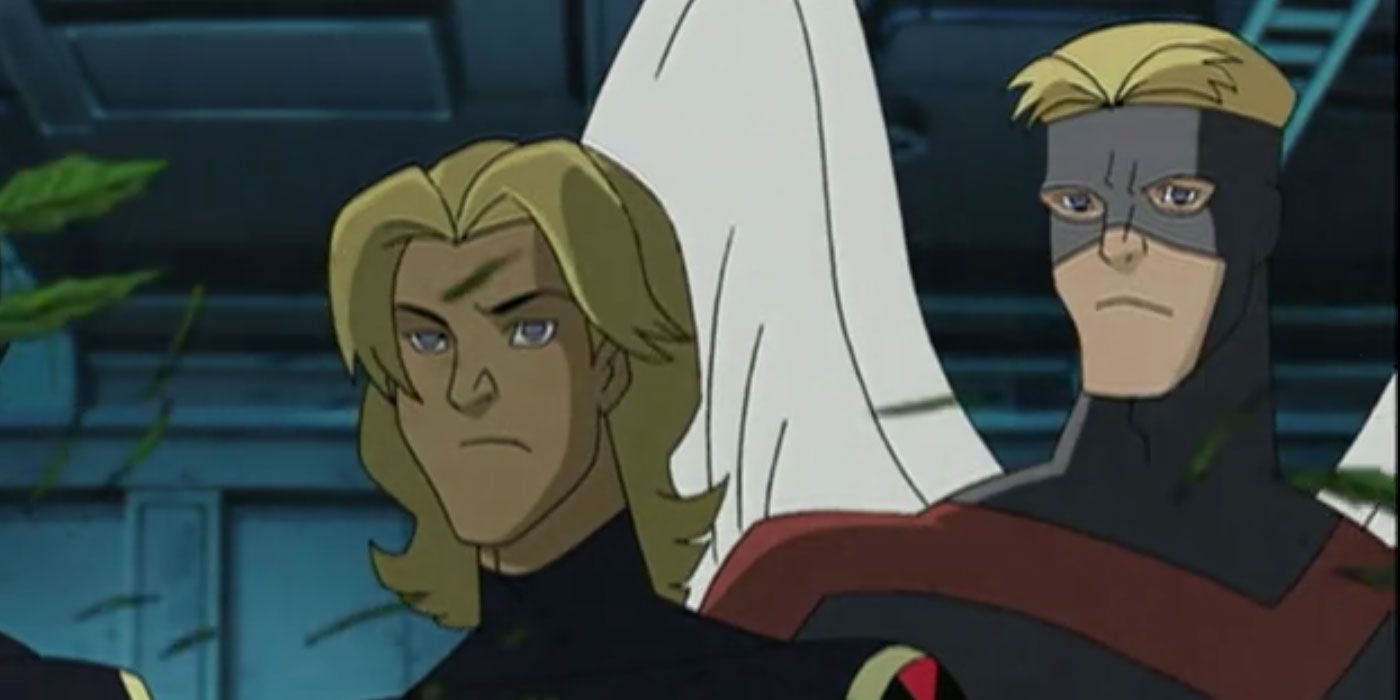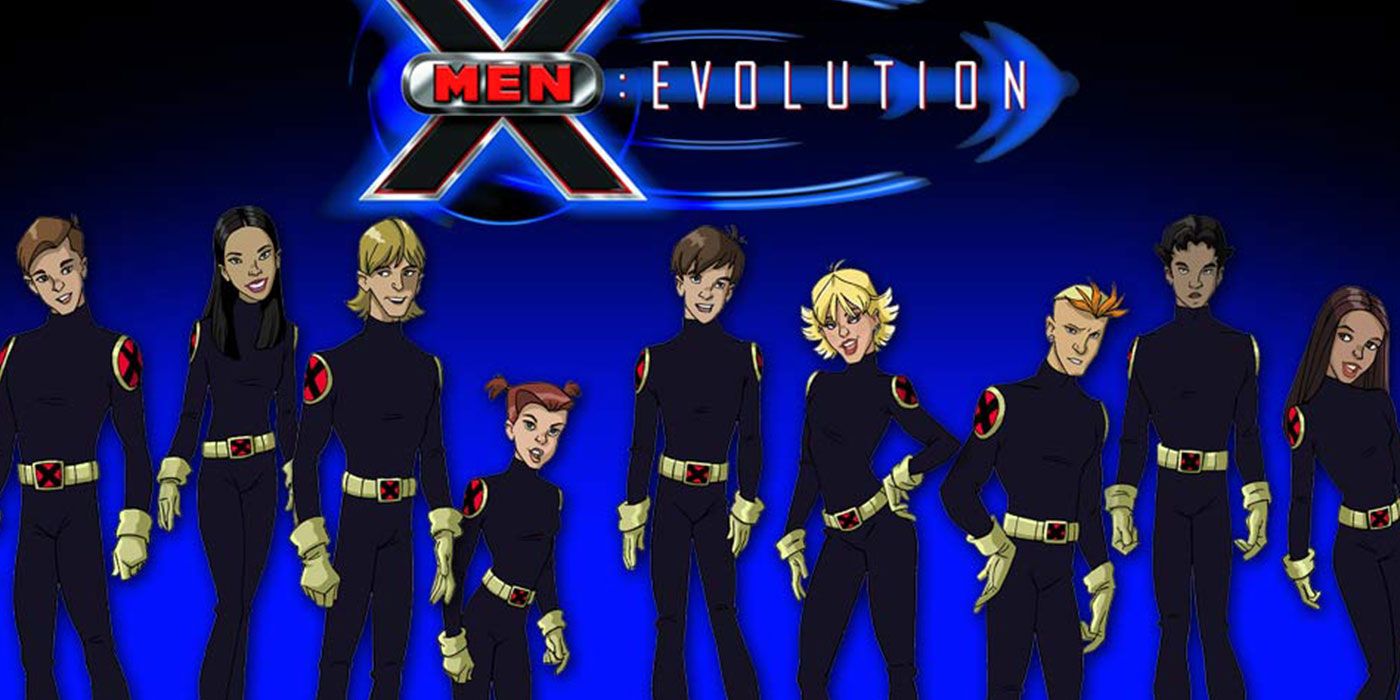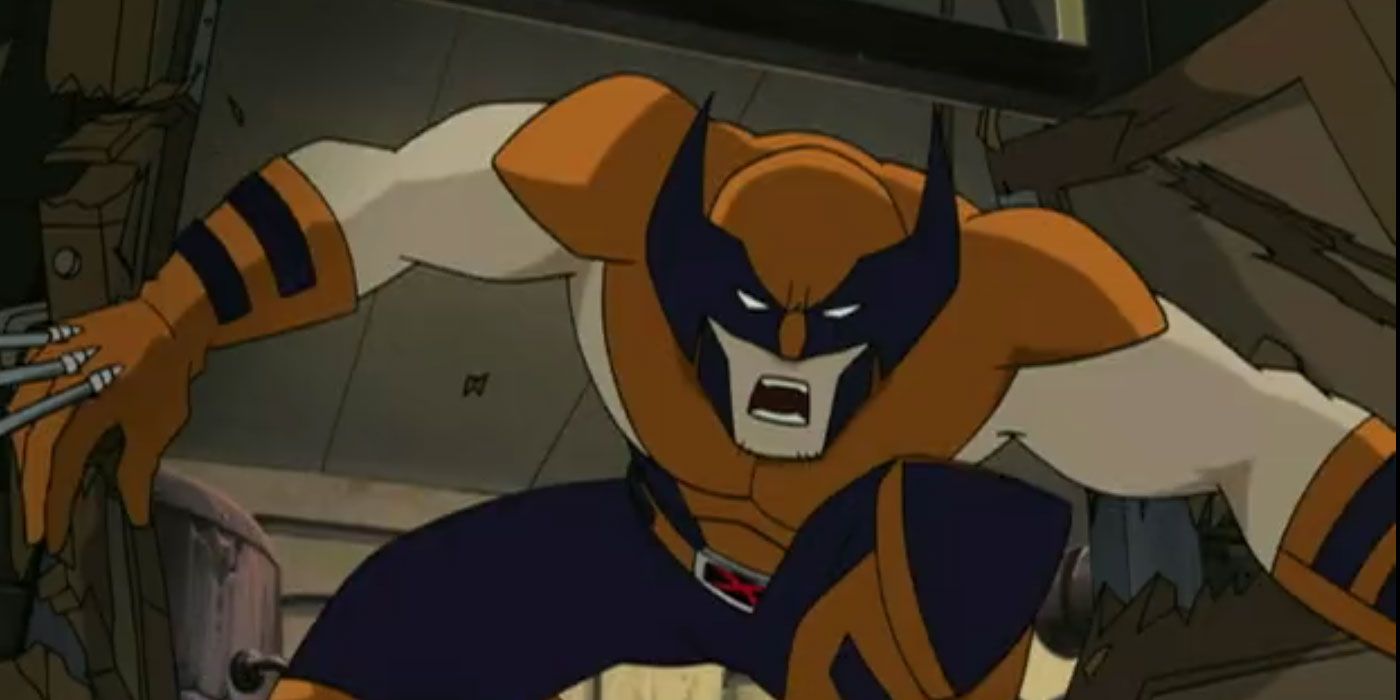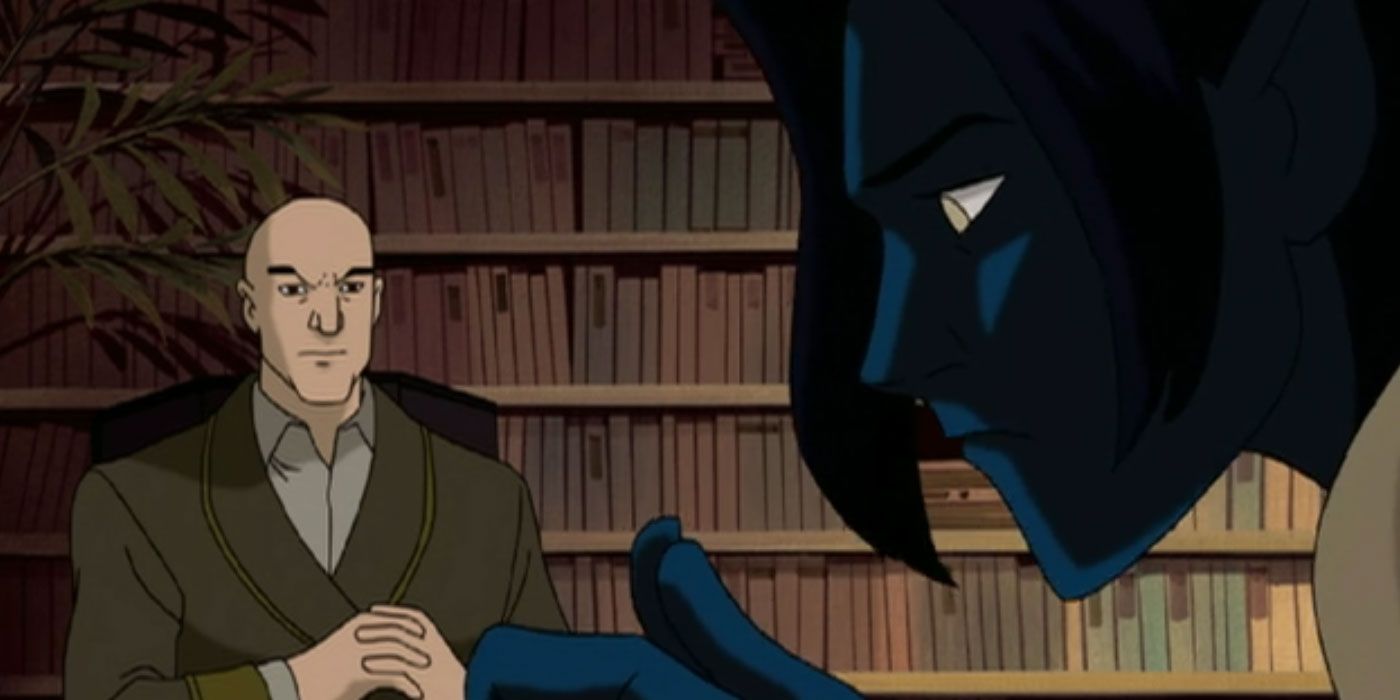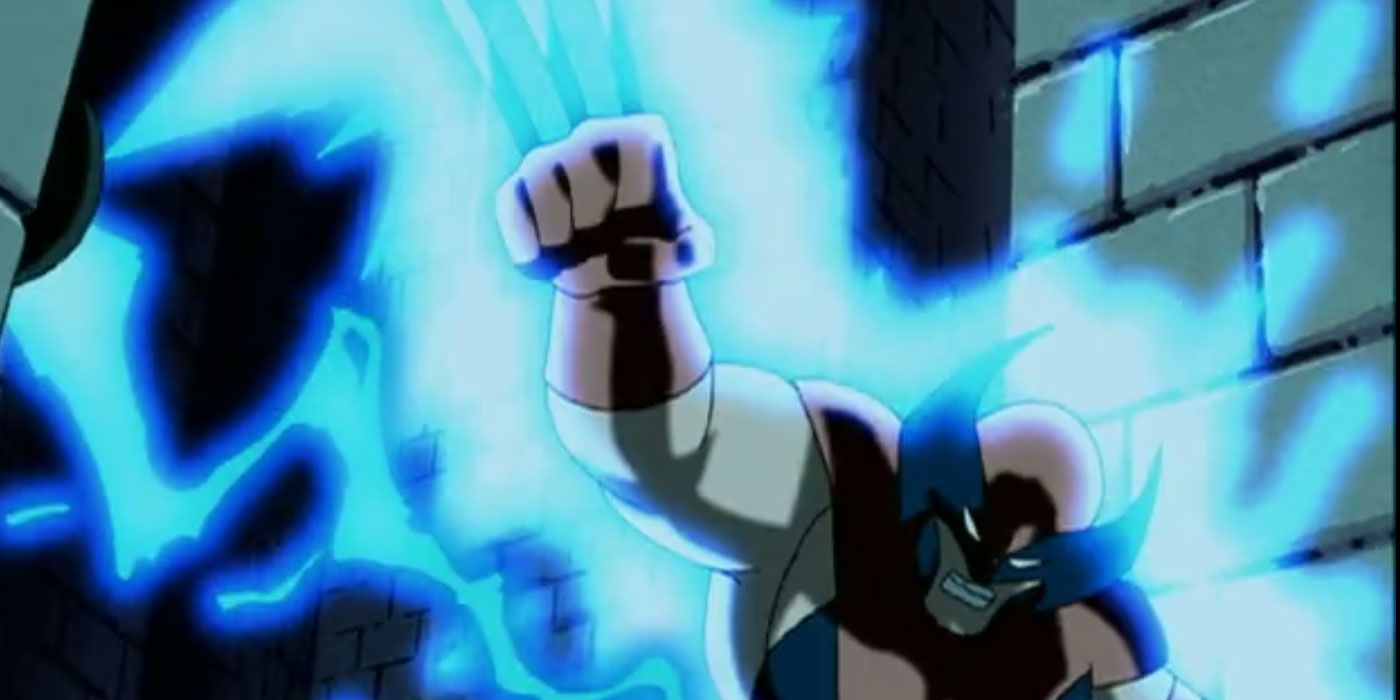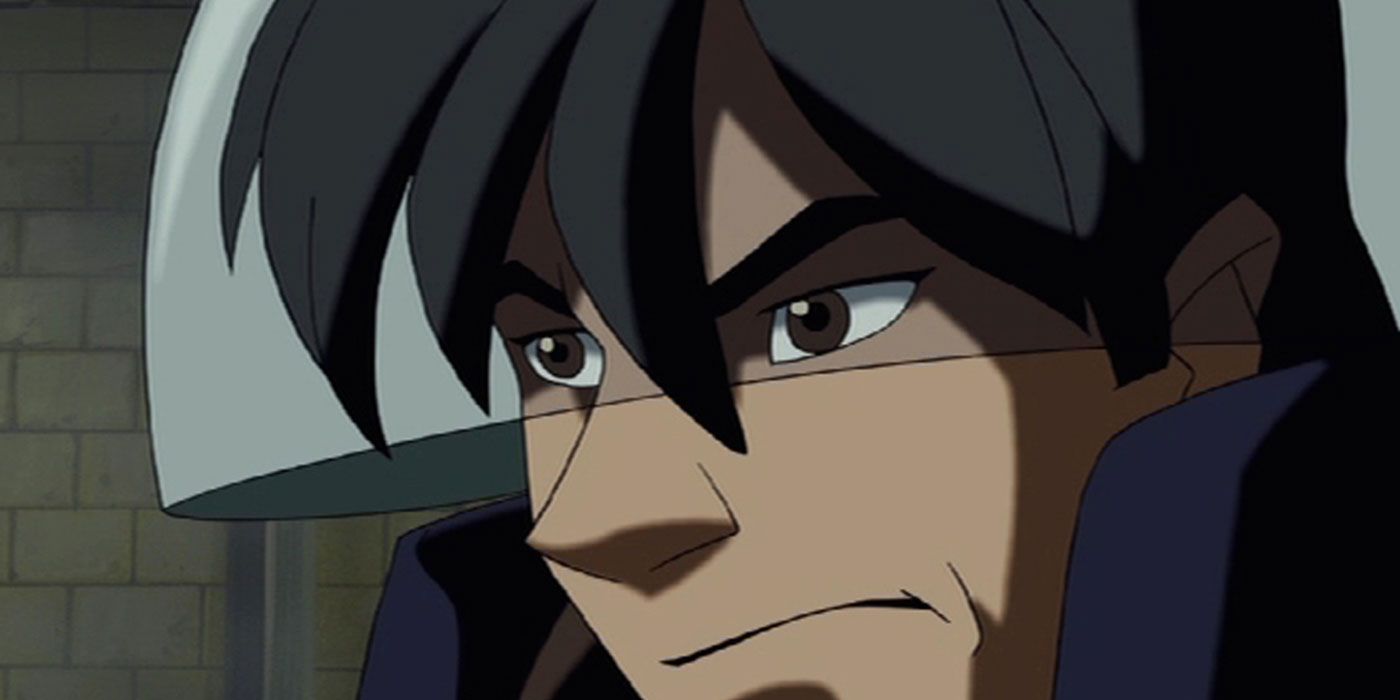A staple of early '90s animation, "X-Men: The Animated Series," was the first successful animated adaption of Marvel’s lovable band of mutants. Debuting in 1992, the show ran for 76 episodes across five seasons, making it Marvel’s longest-running television series. Despite being a rather faithful adaption to the comics and serving as many a fan’s first exposure to the characters, its low production values mean it hasn’t aged as gracefully as one might hope.
RELATED: Why The ‘90s X-Men Animated Series Was Better Than The ‘90s Spider-Man Cartoon
While it never reached the same level of critical acclaim and often received criticism for taking creative liberties with its characters, the Kids WB spiritual successor, "X-Men: Evolution," feels far less dated by comparison. Though many fans may never admit it, today we’re looking at 15 reasons why "X-Men: Evolution" is better than the original.
15 IT GAVE US X-23
Though the character has since gone on to become a major player in the Marvel Universe, X-23, Wolverine's young female clone, made her debut in "X-Men: Evolution." The character proved so popular that she quickly made the jump to the mainstream Marvel Universe before eventually taking up her adopted father's mantle following the "Death of Wolverine" storyline and becoming well-known to audiences everywhere thanks to her role in "Logan."
This first appearance established the character's key difference from Wolverine, having two claws on each hand and one on each foot, and depicted X-23 as a clone trained from birth as a weapon for HYDRA. Blaming Wolverine for the pain she's experienced, X-23 originally tries to kill him before coming to terms with the reality that he had nothing to with her creation or trauma. In the final episode of the series, Professor X has a vision of the future, which shows X-23 as a full-fledged member of the X-Men.
14 CREATIVE LIBERTIES
As we mentioned above, fans who are critical of the show generally point to the creative liberties taken with the X-Men as Evolution's primary flaw. However, it was that willingness to reshape the X-Men mythos that gave the show a unique sense of identity. Airing its first episode just a month after "Ultimate Spider-Man" #1 by writer Brian Michael Bendis and artist Mark Bagley, the creative team behind "X-Men: Evolution" coincidentally took a very similar approach to adapting the X-Men.
Instead of mimicking TAS' approach of sticking close to the source material, Evolution chose to borrow and reimagine whatever aspects of the X-Men lore served their universe while also introducing brand new storylines and characters (most notably Storm's nephew, Spyke). Though not every character's changes were for the better, things like Mystique leading a double life as the school's Principal -- and later a fake student who befriends Rogue -- gave the writers interesting new ways to leverage character relationships.
13 BIG LORE, SMALL BITES
Despite the show's tendency to make use of creative license, "X-Men: Evolution" showed reverence for its source material in many small ways, and on at least one occasion actually portrayed things more accurately to the comics than its predecessor. The writers did an excellent job of accurately portraying core character dynamics like Kitty's initial fear of Nightcrawler, Jean and Scott's blossoming romance and the complicated relationship between Nightcrawler, Rogue and Mystique.
Though "X-Men: The Animated Series" generally did an excellent job of portraying things as close to the source material as possible, Evolution did get one power-specific nuance right where TAS didn't. In the original series, when Rogue absorbs Cyclops' powers, she also took on his inability to control them. Fans of the comics will remember that this inability to control his powers was caused by a brain injury, meaning Rogue wouldn't have the same issue. In Evolution, Rogue is shown to absorb Scott's powers properly, retaining full control.
12 A CAST OF TEENS
The most noticeable difference between the two series is the decision to return the X-Men to their roots by making the majority of the main cast in "X-Men: Evolution" teenagers. With the exception of Jubilee, the original cartoon's cast was entirely made up of adults and the majority of its stories dealt with the X-Men's familiar role combating oppression against mutantkind.
Choosing to tell stories more similar to Stan Lee and Jack Kirby's original portrayal of the characters, Evolution's teenage team of X-Men are living at the X-Mansion while learning to control their powers under the tutelage of the adult X-Men characters Professor X, Storm, Wolverine and eventually Beast. In the show's early seasons, the existence of mutants is a secret and the X-Men are shown attending regular high school in addition to their lessons at the institute. As a result, the show often told more personal stories, dealing with themes like adolescent growing pains, learning to be comfortable in your own skin and wanting to belong to something bigger than yourself.
11 THE BROTHERHOOD
Another pretty significant shift for Evolution was its treatment of the Brotherhood of Evil Mutants, who are alternatively referred to as "The Brotherhood." Instead of being portrayed as mutant supremacists or terrorists, the members of the Brotherhood (especially their unofficial leader Avalanche) are largely cast in a more sympathetic light. Despite regularly being used as the stock antagonists for the X-Men in earlier seasons, the Brotherhood's members were just kids being manipulated by adults they thought they could trust rather than being actual villains.
After Mystique abandoned them in Season 2, we saw the Brotherhood largely retire from their villainous activities and evolve into something more akin to a rival faction. Despite their continued rivalry, the teams would work together for the greater good several times over the course of the series, and members Avalanche and Kitty would eventually have a blossoming romance — with Avalanche going as far as trying to join the team to be closer to Kitty. Reinforcing the notion that the Brotherhood's members are redeemable, in the series finale, when Professor X sees his vision of the future, the Brotherhood are shown acting as Agents of S.H.I.E.L.D.
10 BETTER BACKSTORIES
The decision to focus on smaller, more personal stories (especially in the earlier seasons) left a lot more room for Evolution's writers to explore the cast's backstories and personal relationships with those outside the X-Men. Though not every character enjoyed the same level of attention, one way this was achieved was through simple nods to stories explored in the comics. For example, Wolverine's history with the Weapon X program, Magneto's history as a Holocaust survivor and Professor X's complicated relationship with his estranged son Legion were all key components of at least one episode.
However, the best example of exploring characters' backstories is easily the familial triad of Mystique, Nightcrawler and Rogue. Something, "X-Men: The Animated Series" handled in a one episode guest spot with Nightcrawler, was a minor arc over the course of the first season that brought two main characters closer together in a way that felt organic and made Mystique a more sympathetic antagonist.
9 BIGGER STORIES
Though we've talked a bit about how "X-Men: Evolution" preferred to tell smaller character-driven stories over larger storyline-focused ones, that's not to say that the show didn't eventually work its way up to those larger events. While TAS chose to throw viewers immediately into the action by establishing the threat of the Sentinels and the Mutant Registration Program (as well as killing off Morph) all in the very first episode, Evolution generally saved major events for two-part season finales.
Because the show spends the first season fleshing out the original lineup and letting viewers get to know the younger incarnations of the main cast, when the show finally reaches its first major event at the end of Season 1, it feels earned. You know and care about the cast by this point and seeing the characters grow from coming to terms with their mutant identity to having to fight to defend it feels like a natural growth for the series.
8 THE SOUNDTRACK
While "X-Men: The Animated Series" easily lays claim to having the more iconic theme song thanks to the tune's incredibly catchy riff, the original music composed for "Evolution" by William Anderson is unquestionably a cut above the rest of the soundtrack to TAS. Not only did the show's background music feature a distinct musical style reminiscent of the show's theme, many of the show's main characters had signature themes, musical cues or SFX to accompany their presence onscreen.
Wolverine, Rogue and Toad each had their own theme, titled "Wolverine," "Who Am I Now?" and "T-O-A-D," respectively. Though not fully fleshed out themes, other characters had recurring motifs. For example, Avalanche was always accompanied in battle by a heavily distorted guitar while Storm had a familiar orchestral sweep. Those who didn't receive their own music like Jean, Kitty and Nightcrawler all had immediately identifiable sound effects to accompany the use of their powers onscreen.
7 BETTER VOICE ACTING
One of the more glaring issues caused by the smaller production budget for episodes of "X-Men: The Animated Series" was the show's weak voice acting. For starters, the series chose to follow the tradition established by the low-quality Marvel cartoons of the '60s by outsourcing the voice acting to small studios in Toronto. Evolution on the other hand, thanks to its much heftier production budget, was able to afford higher quality talent (despite still recording the show in Canada).
The most notable name on the main cast list is easily David Kaye, who in addition to voicing Professor X on the show, had already made a name for himself portraying the villain Megatron in multiple "Transformers" series. Though not a main cast member, it's worth pointing out that David Hayter, the original voice of Snake from the "Metal Gear" series of video games, made a one-time guest appearance as Captain America.
6 BETTER CAMEOS
Speaking of guest appearances, another one of "X-Men: Evolution's" strengths was the show's treatment of guest spots and cameos. While "X-Men: The Animated Series" absolutely had a wider range of guest stars over the course of its run, the majority of these characters rarely appeared in more than one episode.
In comparison, "X-Men: Evolution" featured far fewer cameos, but generally made better use of the allies they knew weren't going to join the main team. The two best examples of this are the show's utilization of Angel and Cyclops' brother, Alex "Havok" Summers, both of whom received an episode focused on them, at least one additional appearance and cameos in the series' finale. Havok had the special honor of debuting in the two-part season one finale "The Cauldron," making him the only character outside the main cast to play a major role in two of the series' four season-ending events.
5 THE ROSTER
In addition to making better use of guest characters, the team behind "X-Men: Evolution" did their best to expand their X-Men team beyond the original group assembled by the end of Season 1. In contrast, "X-Men: The Animated Series" never added another permanent member to its roster, which was based on Cyclops' Blue Team from writer Chris Claremont and artist Jim Lee's then-contemporary run on the "X-Men" comics.
While the first season of Evolution worked on establishing the core team of of Professor X, Storm, Wolverine, Cyclops, Jean Grey, Nightcrawler, Kitty Pryde, Rogue and Spyke, by the fifth episode of Season 2, Evolution had more than doubled its roster. Season 2's first episode introduced a secondary group of "New Mutants" made up of Iceman, Cannonball, Magma, Jubilee, Berzerker, Sunspot, Boom Boom, Wolfsbane and Multiple Man, who went on to participate in the main characters' exploits to varying degrees. Beast was brought on as another teacher at the Mansion a few episodes later when his mutation became uncontrollable.
4 BETTER CHARACTER DESIGNS
Though "X-Men: The Animated Series" deserves praise for taking significant influence from Jim Lee's stellar art on the X-Men comics, the show's distinctly '80s Saturday Morning Cartoon visuals haven't held up nearly as well as some of its contemporaries, like "Batman: The Animated Series." Evolution, on the other hand, opted for a sleeker, anime-influenced look with costumes that also took influence from the black uniforms seen in the original "X-Men" film (which premiered a few months prior to Evolution).
These new character designs and costumes were not only much easier to animate, but also gave the show a more stylized look. In addition to changing up the X-Men's costumes, the creative team also revamped several of the characters' personal looks. Some of the more notable changes were Rogue becoming a moody Goth girl, Kitty becoming a spunky valley girl and Cyclops' Brother Havok shown as a laid back surfer dude.
3 CLEANER ANIMATION
After the failure of the original X-Men cartoon pilot "Pryde of the X-Men," Margaret Loesch (who had pushed for the original pilot) became the new head of the Fox Children's Network and quickly green-lit a 13 episode season for "X-Men: The Animated Series." The quick turnover and budgetary constraints made for a notoriously rough production, leading to the first two episodes to air with several errors. Though the popularity of the show led to a much cleaner look for the production over the course of the series, TAS would experience another notable decline in animation quality in the episodes leading up to the series finale.
No doubt thanks to the popularity of TAS, Evolution never had the same monetary roadblocks as its predecessor and that, coupled with the sleeker character designs we discussed earlier, made for much higher quality animation overall. The show's characters are more expressive, their powers are able to be better utilized and most importantly, the show's production was free of technical errors.
2 BETTER ACTION SEQUENCES
Evolution's bigger production budget and cleaner animation style also made a huge difference in the quality of the show's action sequences. The team behind "X-Men: The Animated Series" was often forced to settle on low-fi solutions for showing off many of the more bombastic mutant abilities, and the realities of their budget meant that they were often unable to afford showing more than one character utilizing their powers onscreen at once. This left TAS' fight scenes feeling stiff, and forced an increased focus on dialogue, despite the show's action-heavy plots.
Without dealing with the same limitations, Evolution's creative team was able to experiment more freely and better utilize their character's powers. As a result, Evolution's action segments were able to be far more inventive. The show's fight scenes are better choreographed and the creative team had the ability to explore new and different ways characters' powers could interact with one another.
1 CHARACTER DEVELOPMENT
Ultimately, what sets "X-Men: Evolution" apart from every other animated adaptation of the X-Men thus far is its choice to focus on character development and relationships above all else. The X-Men's epic history makes it easy to forget that the franchise's roots are based in teen drama, character dynamics and feeling like an outsider. While there's absolutely nothing wrong with sticking to the source material, "X-Men: The Animated Series" feels so close to its comics inspiration without adding enough on its own that there's little reason to revisit the show instead of the comics that inspired it.
Instead of being beholden to the incarnations that came before it, Evolution strips away all the science fiction, politics and lore to give a fresh, back-to-basics look at one of the most relatable and enduring superhero franchises of all time. Though it wasn't without its flaws, "X-Men: Evolution" remains the best animated interpretation of the X-Men thus far because it knew to focus on the most important element of any superhero story: crafting good characters.
Which X-Men cartoon is your favorite? Let us know in the comments below!

